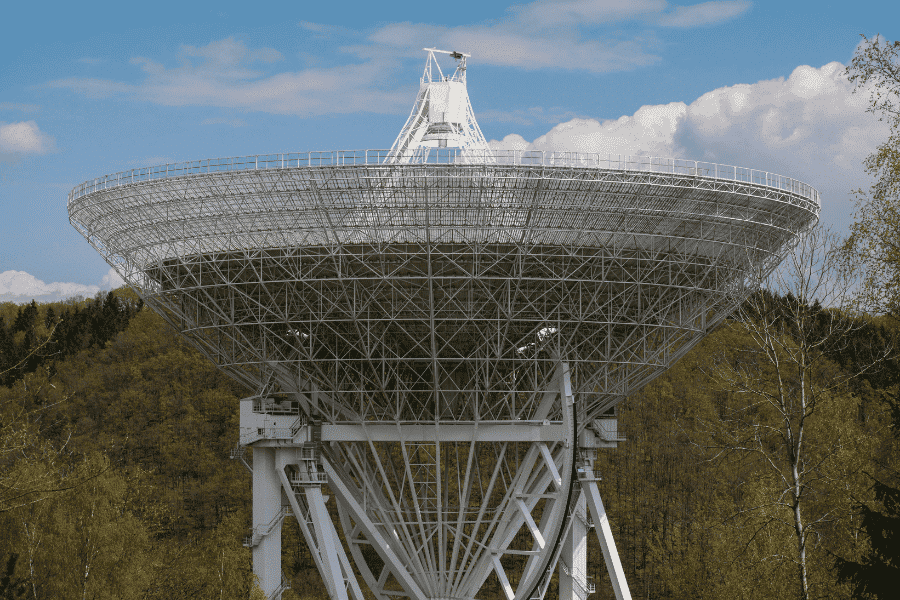Related Resources
Introduction to Smart Grids
Smart grids represent a revolutionary leap in the way energy is distributed and managed. Unlike traditional power grids, which rely on a central distribution model, smart grids use digital technology to monitor and manage the flow of electricity from generators to consumers dynamically. They integrate sophisticated sensors, communication networks, and advanced analytics to enhance the efficiency, reliability, and sustainability of energy distribution.
Benefits of Smart Grids
Cost savings and reduced environmental impact.
One of the primary benefits of smart grids is their ability to improve energy efficiency. By using real-time data, smart grids can optimize the distribution of electricity, reducing waste and ensuring that energy is used where it is needed most. This leads to both cost savings and reduced environmental impact. Additionally, smart grids can quickly detect and respond to outages, improving the reliability and resilience of the power supply.
Enhanced Energy Management
Smart grids enable more effective energy management by providing consumers with detailed information about their energy usage. This transparency allows individuals and businesses to make more informed decisions about their energy consumption, potentially lowering their energy bills. Demand response programs, facilitated by smart grids, can further encourage consumers to reduce their energy usage during peak times, balancing load and reducing the risk of blackouts.
Integration of Renewable Energy Sources
Another significant advantage of smart grids is their ability to integrate renewable energy sources like solar and wind power. Traditional grids struggle with the variable nature of these energy sources, but smart grids can dynamically adjust to fluctuations in energy production and consumption. This capability supports the transition to a more sustainable energy mix, reducing reliance on fossil fuels and lowering greenhouse gas emissions.
Advanced Analytics and Predictive Maintenance
Grid operators can identify potential problems and perform maintenance proactively, rather than reacting to failures.
Smart grids leverage advanced analytics to predict and prevent issues before they occur. By analyzing data from sensors and other devices, grid operators can identify potential problems and perform maintenance proactively, rather than reacting to failures. This predictive maintenance approach enhances the overall reliability of the energy distribution system and extends the lifespan of infrastructure components.
Cybersecurity Considerations
With the increased digitization of energy distribution, cybersecurity becomes a critical concern. Smart grids must be equipped with robust security measures to protect against cyber threats. Ensuring the integrity and confidentiality of data, securing communication channels, and implementing strong access controls are essential to safeguard the smart grid infrastructure from malicious attacks.
Summary
Smart grids are paving the way for a more efficient, reliable, and sustainable energy future. By harnessing the power of digital technology, they offer numerous benefits that traditional grids cannot match. From enhancing energy efficiency and management to integrating renewable sources and enabling predictive maintenance, smart grids are set to revolutionize the way we distribute and consume energy. As the adoption of smart grids expands, continued focus on innovation and cybersecurity will be vital to maximizing their potential and ensuring a secure energy landscape.








